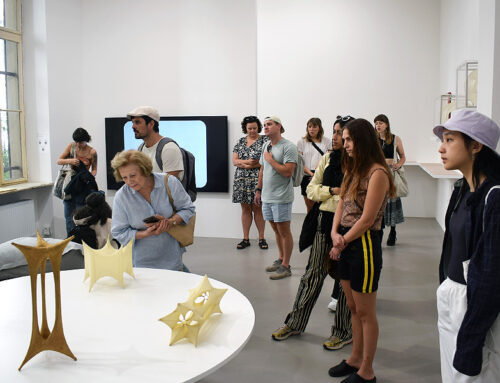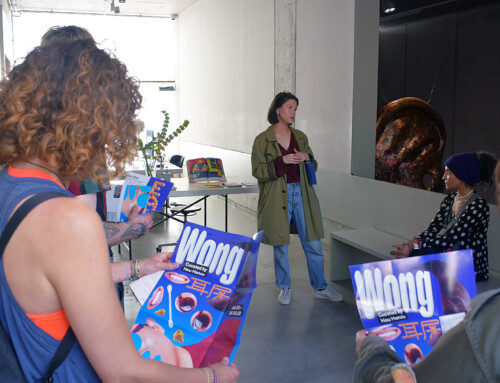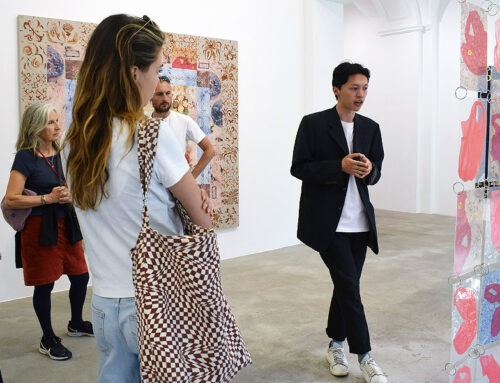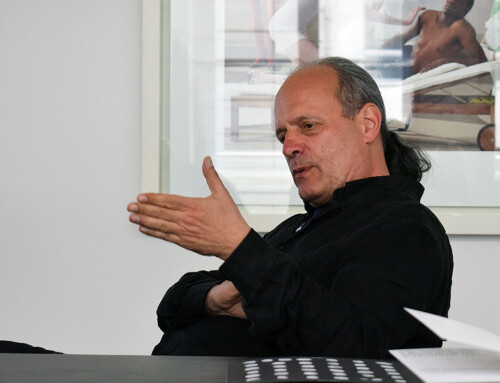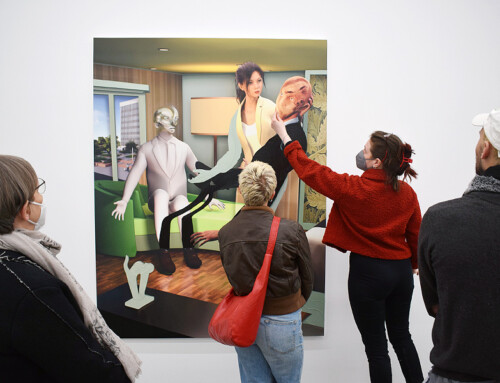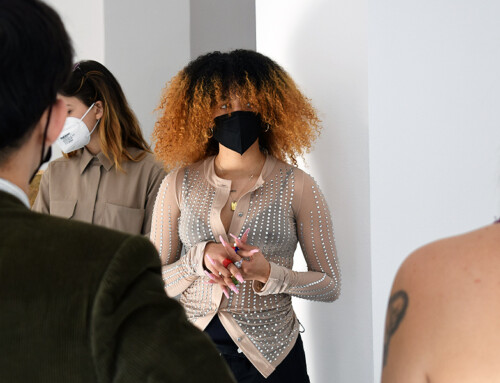January 31, 2018, 2 pm
Many thanks to the gallery owner Guido W. Baudach introducing our participants to the program and history of GALERIE GUIDO W. BAUDACH and the artist Thomas Helbig for guiding us through his exhibition “Ritratti di donne”.
Exhibition Dates: January 19 – March 03, 2018
Location: GALERIE GUIDO W. BAUDACH
Opening Hours: Tuesday – Saturday, 11 am – 6 pm
Address: Potsdamer Strasse 85, 10785 Berlin
“For the artist, the challenge of portraiture is to transcend illustration while respecting likeness to a degree sufficient to justify calling a work a portrait. This entails an irony: although it was perhaps inevitable that, historically, the inherent nature of photography should have it assume much of the burden of likeness, would-be painters of portraits now find themselves suspended between photography’s two poles of indexicality and iconicity.
Helbig’s portraits are neither indexical nor iconical. Instead they impute to their subjects a sense of perception co-equal with that of the receiver, as though the eyes in the portraits were to become the receiver regarding the human object before them. The most basic implication of this condition is that of an implicit reversal of subject and object so as to render the receiver a fictitious visual construct observed by the figure in the painting.
This “destabilization” of the ontology of the receiver corresponds in Helbig’s work to a destabilization of the receiver’s spatial condition. This destabilization of space is imposed by the circular or nearly circular forms through which subject and object mutually perceive each other. In the past, artists achieved an anomalous space by making circular the entire image field: the tondo. The sense of an illusion of fixed perspectival depth in a painting presupposes a rectilinear image field in order to anchor the orthogonals of a perspectival projection. In a tondo however, the orthogonals seem to lose their fixed moorings. The result is a mediative space that is neither that of the “real” surrounding the receiver inhabits, nor that of one-point perspective of traditional illusionistic painting. It is this mediative nature of the tondo space that consistently allowed it to serve as a spatial corollary for the ideal paradigm of the woman in Western art: The Virgin Mary. If the tondo space was mediative between reality and its representation, she was the mediatrix between the transcendent and the immanent or between the word and the flesh.” (Text excerpt from the press release by courtesy of Drew Hammond & GALERIE GUIDO W. BAUDACH)
More information on the GUIDO W. BAUDACH Gallery Website.


